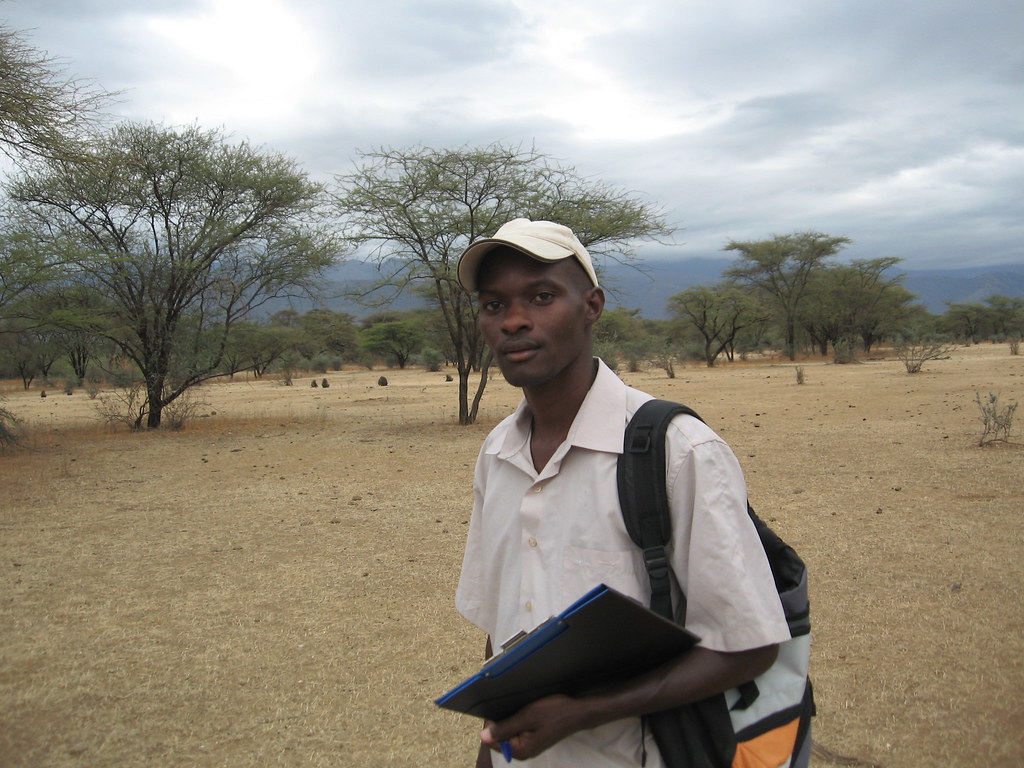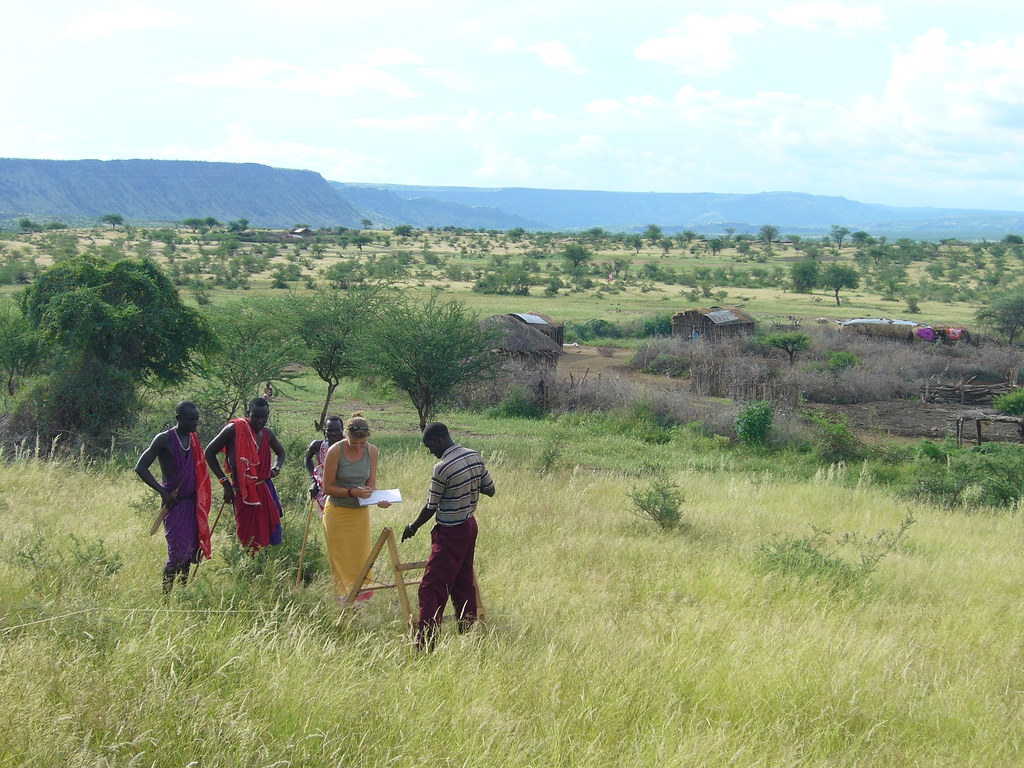On March 4th 2011 the Resource Center will official open the beautiful new buildings as Lale’enok. The new name comes from a Maasai herding term where they send out scouts to survey the grazing and water points in the area and then come back to report where to take the cattle and what areas are currently safe. It is a similar the role the community has in store for the new Resource Center. It will be a hub for all the research and information collected by local and international researchers alike, and be a place where that information can then be distributed, discussed, and applied appropriately for future planning. We are looking forward to hosting over 300 people next Friday from International V.I.Ps to important community members and everyone who has been with us along the way.
 The buildings have already been put to good use with the arrival of the two student groups the women had their first opportunity to use their new banda as a welcoming area and a place to sell their beadwork. What a successful opening it was, with the Chairlady and the committee there to welcome everyone. There were many members of the women’s group who showed up with their unique handiwork and beautiful shukas and kangas and it was an exciting mix of cultures for the students to interact with the woman and pick up a few souvenirs along the way.
The buildings have already been put to good use with the arrival of the two student groups the women had their first opportunity to use their new banda as a welcoming area and a place to sell their beadwork. What a successful opening it was, with the Chairlady and the committee there to welcome everyone. There were many members of the women’s group who showed up with their unique handiwork and beautiful shukas and kangas and it was an exciting mix of cultures for the students to interact with the woman and pick up a few souvenirs along the way.



 It is not just rain from the sky that is cause for delight, but camp now officially has running water from taps! The days of buckets showers are over and though some of us will reminisce the old days it is certainly an exciting progression for the center. All this water has created both a beautiful and functional facility to welcome our two returning University Groups. The first is the Canadian Field Studies in Africa Program from the University of McGill in Montreal Canada. The group spent 3 nights at the center talking with elders and community leaders on issues ranging from land tenure and subdivision to conservancy arrangements and livestock issues. They were even lucky enough to overlap with a visit from David Western who gave a lecture on the history of conservation in Kenya and how this area fits into the larger picture of ecosystem management
It is not just rain from the sky that is cause for delight, but camp now officially has running water from taps! The days of buckets showers are over and though some of us will reminisce the old days it is certainly an exciting progression for the center. All this water has created both a beautiful and functional facility to welcome our two returning University Groups. The first is the Canadian Field Studies in Africa Program from the University of McGill in Montreal Canada. The group spent 3 nights at the center talking with elders and community leaders on issues ranging from land tenure and subdivision to conservancy arrangements and livestock issues. They were even lucky enough to overlap with a visit from David Western who gave a lecture on the history of conservation in Kenya and how this area fits into the larger picture of ecosystem management








